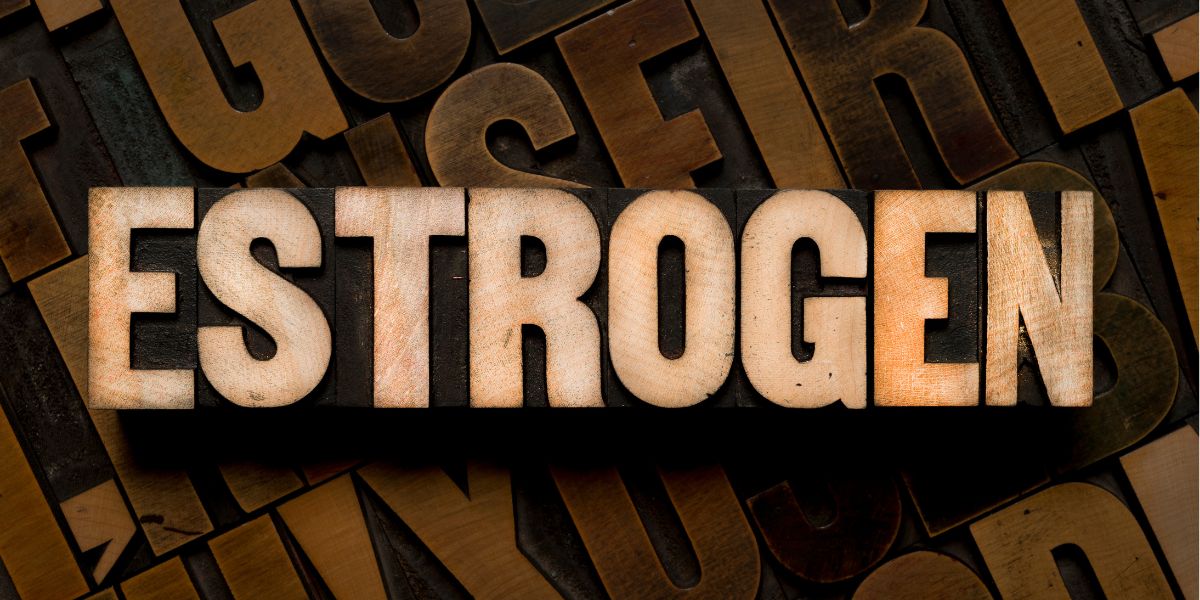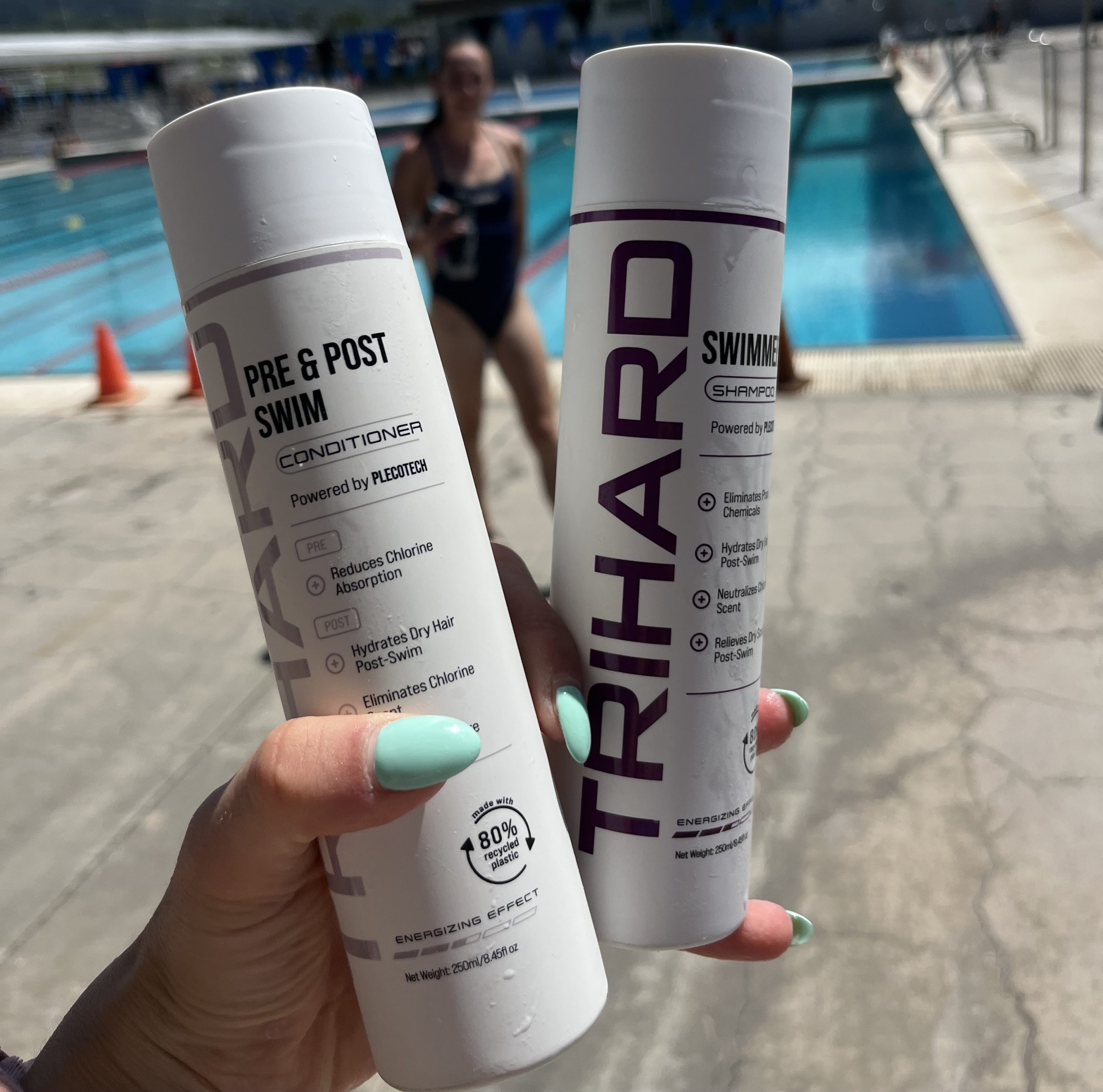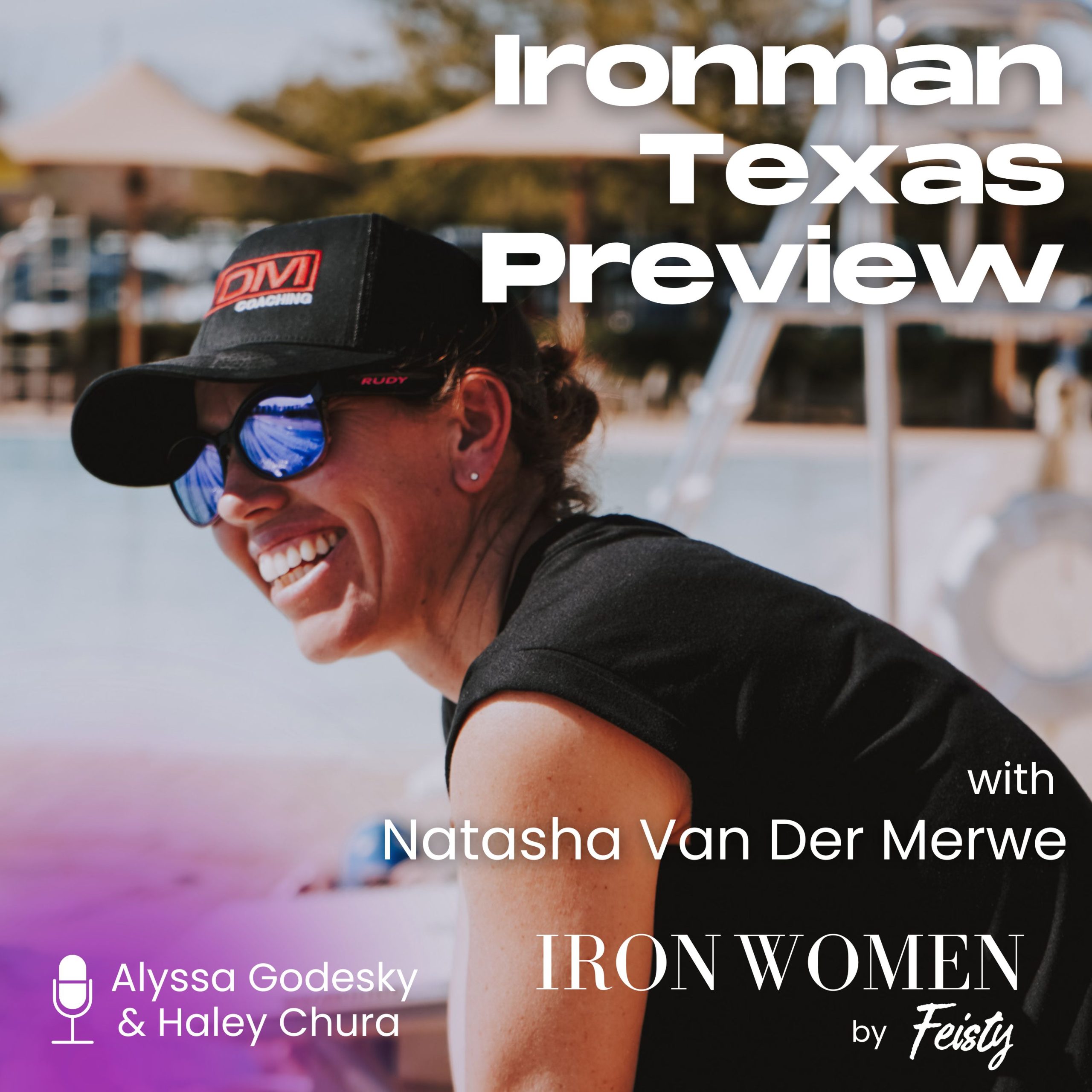October 3, 2023
8 Hot Takes from The Menopause Society 2023 Annual Meeting

Nocturnal hot flashes get a hard look, MHT for health preservation still up for debate, and more from the annual meeting from the society formerly known as NAMS.
By Selene Yeager
In case you missed it, The North American Menopause Society (NAMS) officially rebranded itself as The Menopause Society (which I like quite a bit, but lacks a catchy acronym), complete with a fresh new logo and vision statement to lead the conversation about improving women’s health and healthcare experiences.
The spirit of wanting to lead the conversation and provide comprehensive health information for women in menopause was evident during the 2023 Annual Meeting last week in Philadelphia, where we got treated to three and a half days of wall-to-wall scientific sessions on a plethora of topics, including precision oncology, online menopause misinformation, reams of MHT research, osteoporosis, cardiovascular health, weight management, cognitive health, sex, care for aging skin, and much, much more.
There’s way too much to cover in one blog, and I’ll be digging into more of what I learned in the weeks to come. But in the meantime, here’s my very hot take on what’s hot in menopause research and care.
Hot Flashes Are Serious Business
VMS (aka hot flashes and night sweats) are very serious business, literally—Fortune magazine reports that menopause is a 600 billion dollar “opportunity.” They’re also serious business for your health, which was also a theme from last year’s meeting, where Rebecca Thurston, PhD, Claudio Soares, MD, PhD, and others presented research showing that severe hot flashes and night sweats were linked to increased risk for cardiovascular disease, white matter hyperintensities (lesions in the white matter of the brain — early markers of later risk for cognitive decline, dementia, and stroke), depression, and memory issues (especially when they disrupted sleep). They’ve also been linked to weight gain.
This year, there was also a presentation on 276 women who are part of the MSHeart study, showing that the more hot flashes a woman had (as measured using sternal skin conductance), the higher her levels of C-reactive protein, which is an indicator of inflammation levels in the body and is used to determine heart disease and stroke risk and has also been linked to Alzheimer’s disease.
No one can say for sure what this all means. But the best advice is to treat your symptoms as best you can with hormonal and/or nonhormonal therapies and to attend to your cardiovascular health as best you can, paying attention, especially to high blood pressure, which came up quite a bit throughout the meeting as an underlying contributor to dementia, stroke, and cardiac events. It’s also worth managing inflammation, of course, which is good for your overall health.
Nocturnal Hot Flashes Carry Unique Health Risks
Hot flashes, especially when they occur during sleep, may be an early indicator of a woman’s increased risk for Alzheimer’s disease, according to a study presented by Thurston.
This study involved nearly 250 symptomatic menopausal women between the ages of 45 and 67. Researchers had them wear devices that measured their quality of sleep as well as nighttime hot flashes. They also drew blood to test them for a specific biomarker for Alzheimer’s disease called beta-amyloid 42/40 ratio, which was less favorable in the women with more nocturnal hot flashes. They concluded that hot flashes experienced during sleep may be a marker of women at risk of Alzheimer’s disease, and the greater the number of sleep hot flashes, the higher the risk. The findings remained significant after the researchers adjusted for estradiol levels and sleep quality.
“Among other things, these findings indicate that women who experience frequent hot flashes, particularly during sleep, may warrant Alzheimer’s disease dementia risk reduction efforts,” Thurston said in a press release.
Women are Still Not Accessing Hormone Therapy
In a “are you kidding me” moment, Talia Sobel, MD, NCMP, of the Mayo Clinic in Scottsdale, Arizona, said that just 4 percent of outpatient healthcare visits for women 50 years old and above involved a new or continuing menopausal hormone therapy prescription. That’s not to say that only 4 percent of menopausal women are using hormone therapy, but it felt kind of shocking to see current prescription rates so low in the US. (Though again, maybe not considering that another session noted that only 25 to 40 percent of menopausal women seek medical prescriptions for VMS, and many women still believe it’s too risky.)
Additionally, the researchers pulled this physician-report data from 2018-2019 records from nearly six thousand health care visits, so I would imagine that the number would be at least a bit higher now, especially since menopause has been the topic of much mainstream attention just in the last two to three years. But still, as I continue to hear so many stories from perimenopausal women who are seeking hormone therapy of some type for hot flashes and night sweats and are turned away for what amounts to doctors still operating on outdated information, it’s concerning. Sobel herself noted that health care practitioners should recognize that women may be being underprescribed what is now considered the gold standard of care for vasomotor symptoms.
Evidence for MHT for Cognition is Still Lacking
Researchers report “no benefit or harm” of menopausal hormone therapy (MHT) on cognitive health, according to preliminary data from the KEEPS-Continuation study, which was designed to assess the health outcomes associated with MHT when started within a few years of reaching menopause. Now after 10 years of follow-up, the research shows that women who were assigned hormone therapy in the study had cognitive function scores similar to those who received a placebo therapy, according to results presented by Carey Gleason, PhD, of the University of Wisconsin-Madison.
Another presentation by Kejal M Kantarci, MD, on Ovarian Hormones and Cognitive Health: The Past and the Future, also concluded: “No evidence of long-term cardiovascular, metabolic, or cognitive benefits of HT, nor any evidence to suggest adverse effects” among women who have good cardiovascular health.
That’s not to say there are no brain benefits. But the research is pretty mixed and messy, and it may take a while before it becomes clear what type of hormone therapy benefits which women most when it comes to brain (and cardiovascular) health.
Estrogen Appears Good for Your Face
There was a big online kerfuffle earlier this year as to whether or not it was safe to use estrogen creams designed for gynecological use to treat skin aging. And right up front, I am not recommending this, and you shouldn’t do this without consulting a trained professional. This is not any sort of medical advice or endorsement. I’m just reporting that Ellen Gendler, MD, of NYU Langone Medical Center told a packed ballroom of practitioners that there are “clear benefits” to a local area (like under the eyes) when applied topically; there’s “almost no evidence of systemic absorption with local application of estrogen;” “almost all studies report positive effects on skin in virtually all parameters;” it will “help some, not help some,” and “we need more long-term randomized controlled trials. Soon. Please.” She showed some before and after photos that made the women sitting behind me in the conference room audibly gasp. So, it will be interesting to see where this all goes…but I can guess.
Body Weight May Impact Symptoms and MHT Relief
One presentation that garnered a lot of mainstream media real estate was that women with obesity as defined as a body mass index (i.e., BMI, which, yep, is super problematic, but we’re always told, “that’s the tool we’ve got…”) of greater than or equal to 30 were significantly more likely to report having hot flashes and night sweats, vulvovaginal symptoms like genitourinary syndrome of menopause, mood disturbances, and decreased libido than those not classified as having obesity. They also had less symptom relief from MHT.
Seventy-one percent of Black women in the study fell into the obese category compared to 40 percent of White women, said presenter Anita Pershad, MD, of Eastern Virginia Medical School in Norfolk, noting that the effect of obesity on the effectiveness of hormone therapy hasn’t been studied before and it’s important that we do considering how many women, especially in underserved populations, are classified as obese, according to these guidelines.
Researchers Want to Find a Way to Rx the E without the P
Many practitioners would love to find a way to provide MHT to women who have a uterus without having to use progesterone/progestins (which are needed to protect the uterine lining), as some women can be sensitive to progesterone/progestins and it’s traditionally associated with less favorable health outcomes relating to breast health (dating back to the Women’s Health Initiative when women taking estrogen only had reduced breast cancer risk; more recent studies using micronized progesterone show a more favorable risk profile than progestins.)
The therapy known as Duavee, which is a combination of bazedoxifene and conjugated estrogen (also known as a tissue-selective estrogen complex or TSEC) got a good bit of conference attention for this reason. Researchers presented evidence that TSECs can provide relief from VMS, as well as bone protection and endometrial safety without a progestin. They noted that there was also not any bleeding, spotting, or changes in breast density. There was a question as to whether the estrogen contained in this type of TSEC was enough to quell hot flashes in all women, but that would be something a woman would need to work out with her provider. There are also potential side effects, of course, but I just like to see as many MHT options that will work for as many women as possible.
Boy, Oh Boy, I Wish They’d Talk More About Resistance Training
Over the course of the week I learned: women are twice as likely to be sedentary as men and suffer more harmful health impacts like dementia related to inactivity than men; the hormone irisin, which is secreted by skeletal muscle is very good for brain health and may be protective against Alzheimer’s disease; most patients with osteoporosis are being treated with nothing, and that muscle loss during menopause is a driver behind body composition and important cardiometabolic changes we see during and beyond the menopause transition. Yet for reasons that escape me (aside from there not being enough well-controlled trials), many of the presenters seem to shy away from including recommendations to make and maintain muscle through resistance training, or even HIIT training, which has been shown to build muscle. There was often an underlying implication that it was too hard or too much for menopausal women, which we know really isn’t true. Anyway, that’s where we come in.
Menopausal women need all the muscle they can make. And we’re here to help you get it done.


 Outspoken Women in Triathlon Summit Returns Bigger than Ever
Outspoken Women in Triathlon Summit Returns Bigger than Ever  Driving the Lamborghini: Productivity and the Power of Paper
Driving the Lamborghini: Productivity and the Power of Paper  5 take aways from the Compete Sports Diversity Summit
5 take aways from the Compete Sports Diversity Summit  Simple Tips to Hone Your Bike Handling Skills
Simple Tips to Hone Your Bike Handling Skills 


